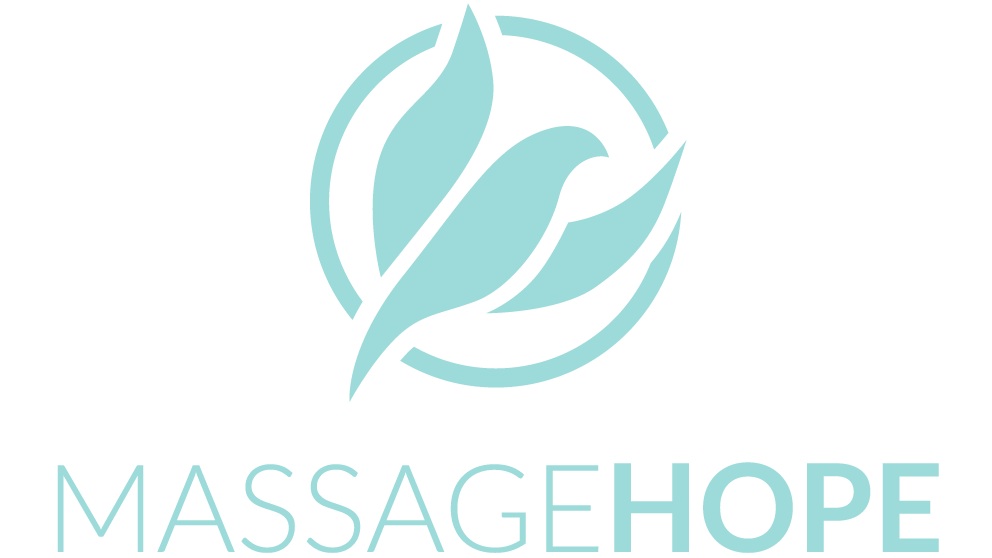Chase your Goals with the Proper Running Shoes
There are two simple things in this world that can bring joy to a person, a new haircut and a fresh pair of new running shoes. You feel great about yourself with a new look and comfortable feet, and now that 2017 is here you should absolutely be putting your best self forward. For many of us the new year means new goals, whether it's a first marathon, fastest 5k or starting a walk/run program. If you're setting these goals then that means you have ambition, which also means you should complement that ambition with the proper tools to chase down these goals. Running isn't an expensive sport, but your most important investment would be a proper pair of running shoes.
I come across many people day to day that begin their training with their well worn 2-5 year old sneakers. Their thinking is to save a few dollars because what's really the difference between my "fit like a glove because they've molded to my feet" sneakers versus being properly fit at a local specialty running store? Comfort, injury rates and confidence is the difference. Shoes have a short life span, the materials in the midsole of a shoe compress and over time stay compressed. Which is not comfortable and increases risk of injury.
We no longer live in a time where we are traveling barefoot -- our feet and ankles would be much stronger if that was the case. It's a long process to attempt barefoot running for those who pursue it, but since we're born into shoes, thankfully the running shoe industry has become increasingly competitive, and competition breeds excellence. These companies invest in the technology of materials and the science of bio-mechanics and the human condition that you should be taking advantage of.
Running is a single leg sport, and most of us are not strengthening our glutes, working on single leg stability or releasing tensions in the body through therapeutic massage. Many runners get injured, especially beginners, and a large reason is because most people are uninformed about the benefits of getting fit for the proper shoe and why.
Have you ever suffered from plantar fasciitis, achilles tendinitis, shin splints or knee pain?
Go get a gait analysis and see how you land while running; most of us are highly inefficient runners and shoes are designed with that in mind. As we land and put ourselves in the stance position, our foot and ankle tend to either remain in neutral alignment, overpronate which is an inward roll/rotation of the ankle toward the midline of the body, or stay rigid with most pressure being on the lateral or outside edge of the foot. Some of us heel strike and that force is hard for the body to absorb, others tend to run up on the forefoot which tends to be more efficient.
The details can go on forever, and the good news is there are shoes out there for whatever your unique needs are. A few examples are: If overpronation occurs, stability shoes have a range of medial support utilizing various densities to slow down the rate of pronation. Step after step over time, this instability is forcing certain muscles and tendons to overwork. Once overworked, pain will set in. Pain is usually an indication that you have an injury - an injury that has built up over a period of time and most likely isn't going away tomorrow. Depending on your level of overpronation, there are specific levels of stability in various models of shoes to handle whichever category you fall under. Invest in stability shoes and give those muscles and tendons a more balanced approach to moving your body forward!
On the other hand, maybe you already have a neutral gait but have knee pain or calf pain. Then we can look at the heel-toe offset in a shoe. This is the measurement difference between the forefoot and heel of a shoe, it can range from 0mm to 12mm. Doesn't sound like much, but if you have a recurring calf strain and also run on the forefoot, you should look into a shoe with a higher drop. For example, upon landing in a 4mm - 0mm offset shoe your calf/achilles has to contract and stretch further, and over time this may be too much trauma to that area with regards to your limited range of motion in the ankle. Move up to an 8mm shoe or more, and your heel won’t have to travel as low to the ground after impact, giving the calf a break from elongating step after step, reducing trauma and likelihood for injury.
Like the tires on a car, the shoes on your feet are important and can make a big difference. There are shoes specifically shaped to complement flat feet, there are curved shoes to complement your high arch. Your best bet to get honest answers to your questions and a thorough look at your form and gait is to go to your local specialty running shop. Locally owned since 2003, Potomac River Running has been serving the running community for over 14 years with several locations in northern VA and DC. Drop in anytime for a free gait analysis and let us help give you a smart and healthy start on chasing down your 2017 goals.
As always if you have questions about this post or massage therapy feel free to give us a call 703-858-2323 or email me at Kirsten@massagehope.com. Thanks for reading!

